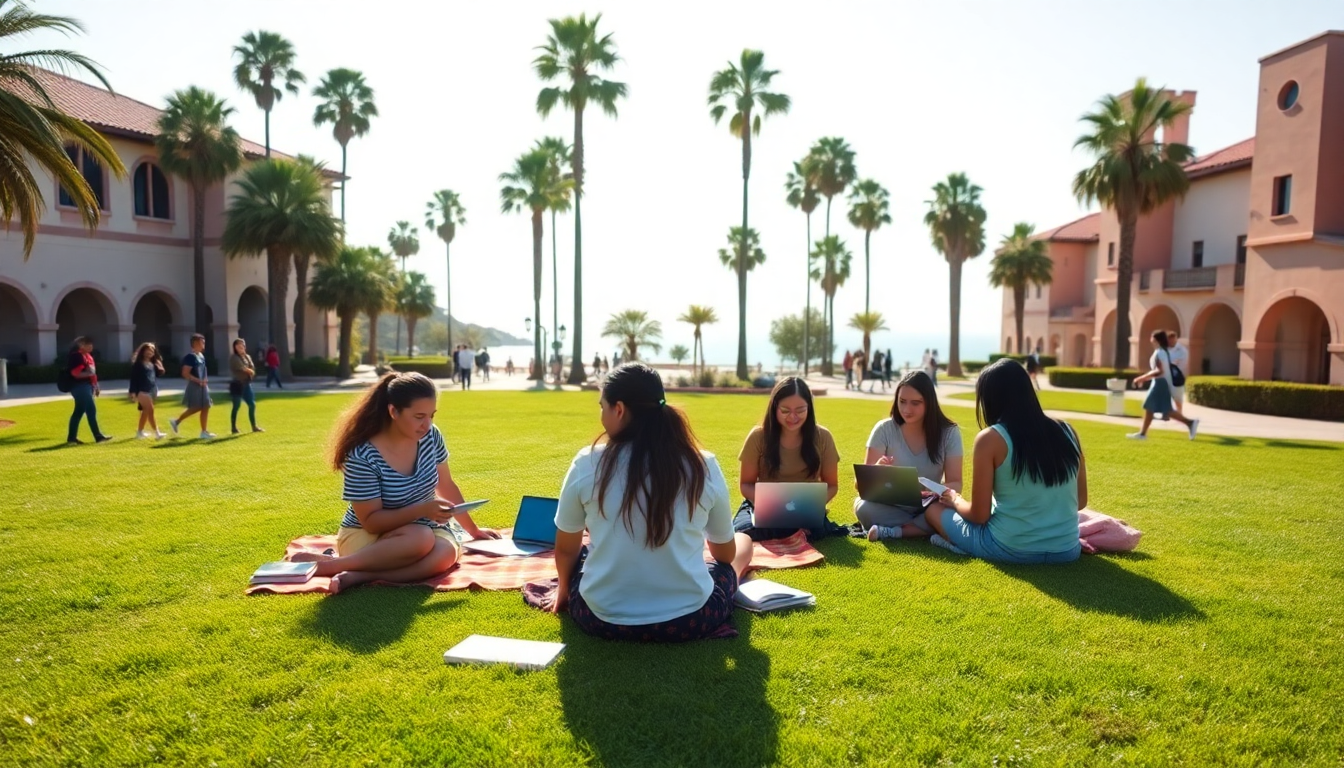Table of Contents
The landscape for international students in the United States has grown increasingly complex, especially with recent shifts in government policy. As the Trump administration continues to challenge elite universities and their foreign student populations, many students find themselves grappling with uncertainty about their futures.
This article explores the experiences of these students, particularly at the University of California at Santa Barbara (UCSB), where the sunny atmosphere contrasts sharply with the clouds of apprehension looming over the academic community.
The Current Climate for International Students
At UCSB, international students make up a notable part of the student body, with nearly 15 percent coming from various countries worldwide. However, recent policy changes from the Trump administration have sparked a wave of anxiety among these students. Denis Lomov, a PhD candidate from Russia, captures the prevailing sentiment: many international students are actively seeking educational opportunities abroad, pondering whether their expertise might be better appreciated in countries like Canada or across Europe.
Is the American dream slipping away for these aspiring scholars?
The Trump administration’s actions, including the revocation of hundreds of student visas and cuts to federal funding for science and research programs, have left students questioning their future in the U.S.
The unpredictability of these policies affects not only their current academic pursuits but also raises red flags about long-term career prospects. Students worry that their skills may be undervalued, leading them to consider relocating to countries that offer a more stable environment for academic and professional growth.
Legal Battles and Their Implications
The ongoing legal battles surrounding the Trump administration’s policies add another layer of complexity to this already challenging situation. Recently, a federal judge dismissed a lawsuit from Columbia University challenging the government’s funding cuts, citing insufficient action against pro-Palestine activism.
Meanwhile, a restraining order was extended to protect Harvard University’s international students amid ongoing legal scrutiny. How do these legal decisions influence the lives of foreign students? The uncertainty continues to cloud the future of international students in the U.S.
In light of these developments, university administrators have begun to issue warnings to international students about the potential repercussions of international travel. Many students now face the tough decision of whether to visit their families during their studies, knowing that re-entering the U.S. could be fraught with complications. This situation impacts not just their personal lives but also poses challenges for academic research, fieldwork, and participation in international conferences.
The Shifting Perception of the U.S. as a Global Academic Hub
The broader implications of these policies extend beyond individual experiences; they reflect a changing perception of the United States as a welcoming destination for international students. Carola Smith, an administrator at Santa Barbara City College, notes that the presence of international students enriches the academic environment and fosters cultural diversity. However, the current political climate has led many to question whether the U.S. can maintain its status as a leading global hub for education and research. What does this mean for the future of American education?
International students, like Denis Lomov, who initially sought opportunities in the U.S. due to its reputation for academic excellence, are now reevaluating their choices. The fear of being labeled as ‘troublemakers’ or facing increased scrutiny based on their nationality adds to the pressure they endure. As the Trump administration continues to suggest that international students occupy spots that could otherwise go to domestic students, the narrative surrounding foreign students is increasingly framed within a context of economic nationalism.
In conclusion, the journey for international students in the U.S. is fraught with challenges arising from shifting policies and public sentiment. As students navigate this complex landscape, many are left contemplating their futures—wondering if their skills might be better utilized in more welcoming environments abroad. The ultimate question remains: Will the U.S. regain its reputation as a global leader in education, or will these policy changes drive talented students away in search of more hospitable academic communities?





